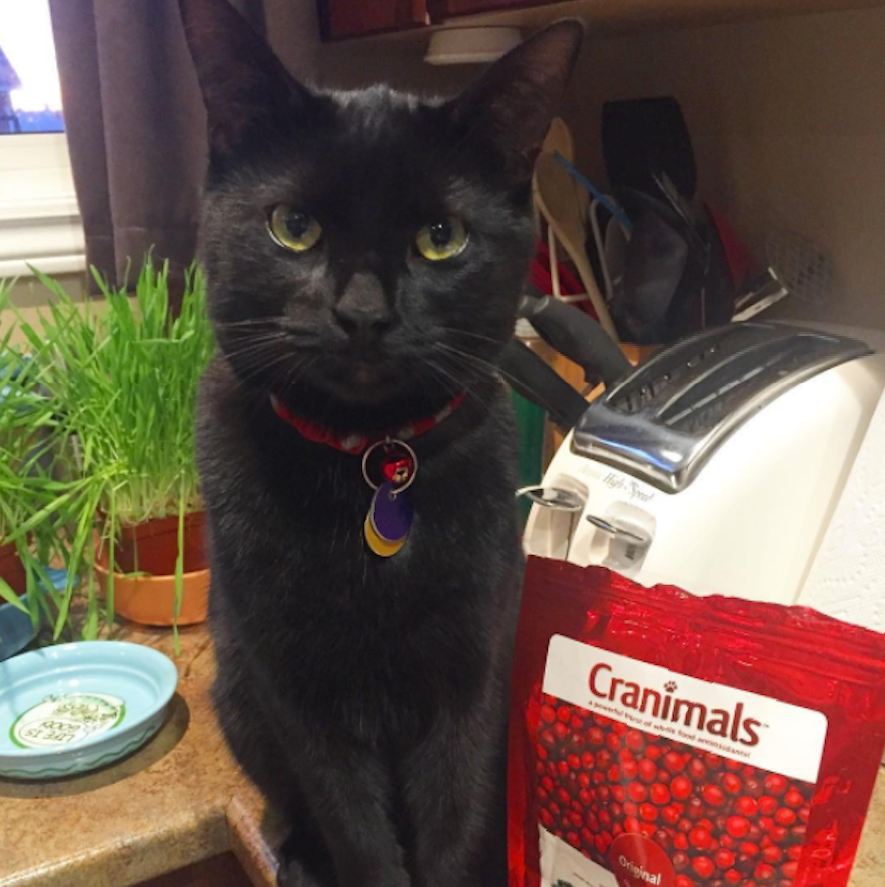-
Your cart is currently empty.
Welcome To our shop !

Cat Urinary Tract issues are a quite common health concern that can be managed at home in many instances. First off, what are the common issues affecting cats?
FELINE lower urinary tract disease (FLUTD) is a blanket term, that describes a variety of issues that can affect and cause symptoms the bladder and/or urethra of cats. FLUTD is usually seen in middle-aged, overweight cats (> 10 years of age), that get little exercise, typically use an indoor litter box, and have little or no outdoor access, and importantly, eat a dry (kibble based) diet. FLUTD may result from issues such as bacterial infections, cystitis (bladder inflammation), struvite or other bladder stones (uroliths), stress, tumours, abnormal urinary tract structure/formation, or diet.
Common symptoms of FLUTD includes:
Frequent urination and inability to empty the bladder, peeing in unusual places (commonly in the bathtub or tile floors), crying upon urination, blood in their urine and grooming their genital area more than typical. Your cat might be more tired than usual and unusually cranky.
Because FLUTD has such diverse causes, it requires a physical exam and likely diagnostic work to arrive at a diagnosis. Lab work might include a urinalysis to determine urine pH and concentration and presence of crystals, bleeding, inflammation and infection. If the cause is still not identified, tests such as urine culture, x-rays, ultrasound, blood work and additional urine tests may be recommended. The veterinary bills can ramp up fast. Therefore, modifying your pets diet, reducing their stress, allowing them to spend time outside and adding preventative cranberry based supplements is one strategy to avoid this from occurring, especially as your cat gets older. This is discussed more in the section "Home management" below.
The most common issues causing FLUTD in cats include:
1) Cat Urinary Tract Infections (UTIs):
Cat UTI's occur but are not as common but when they do occur, more of then than not, the culprit is a bacterial infection. The most common bacteria infecting pets and for that matter humans, and leading to UTI's, is E. Coli. In rare instances, more exotic bacteria, fungi, parasites or possibly even viruses can also cause an infection. If a UTI is advanced then your cat would need a urine analysis and urine culture to confirm an infection and to identify the strain of bacteria, so that your veterinarian is able to prescribe the right antibiotic. Obtaining the wrong antibiotic, or prescribing an antibiotic when one is not needed, adds to the risk of accelerating antibiotic resistance. Currently, maintaining the efficacy of antibiotics is one of the most pressing issues for human and animal health.
Bladder infections are a cause of FLUTD less than 5% of the time in young cats, since they typically still have acidic urine ,which prevents infection. However, if your cat is older and eats exclusively dry kibble, or hasa disease such as kidney disease and diabetes, they are typically are at higher risk of infection.
2) Bladder stones (Uroliths):
Bladder stones may form as a result of infection or diet. The most common bladder stones affecting cats are struvite stones/crystals and calcium oxalate stones. Struvite stones typically do not require surgery and many pet parents including the Vancouver Orphan Kitten Rescue Organization (VOKRA) use Cranimals Original or Cranimals Gold supplements to "dissolve" or prevent struvite crystals/ stones as well as UTIs. Calcium Oxalate stones need to be removed surgically however and are harder to manage.
****If you cats stop urinating entirely, and it lasts for 24 hours, that indicates a blockage due to something like bladder stones and you need to see your vet immediately. See below***
3) Urethral Obstruction:
A potentially life-threatening and serious issue affecting cats is called urethral obstruction. As the name implies, it is a partial or total blockage of your cat’s urethra. Your cat may strain to urinate and produce little or no urine. It could be confused with constipation since they would be straining in the litterbox - but typically straining in the litterbox is more often a sign of urethral obstruction. The blockages are either the result of bladder stones/uroliths or urethral plugs (a soft material containing minerals, cells, and mucus-like protein). Male cats are more affected by this issues since their urethra is longer and narrower than that of females.
****If you cats stop urinating entirely, and it is approaching 24 hours, that indicates a blockage due to something like bladder stones and you need to see your vet immediately. At this point your cats kidneys can no longer filter blood, and toxins will build up and electrolyte balances can no longer be maintained. They are at risk of death within 24- 48 hours. Please -consult a vet immediately should your cats stop urinating!****
How can I treat my cat's FLUTD at home?
Be the First to Know. Sign up for newsletter today







Recent Comments